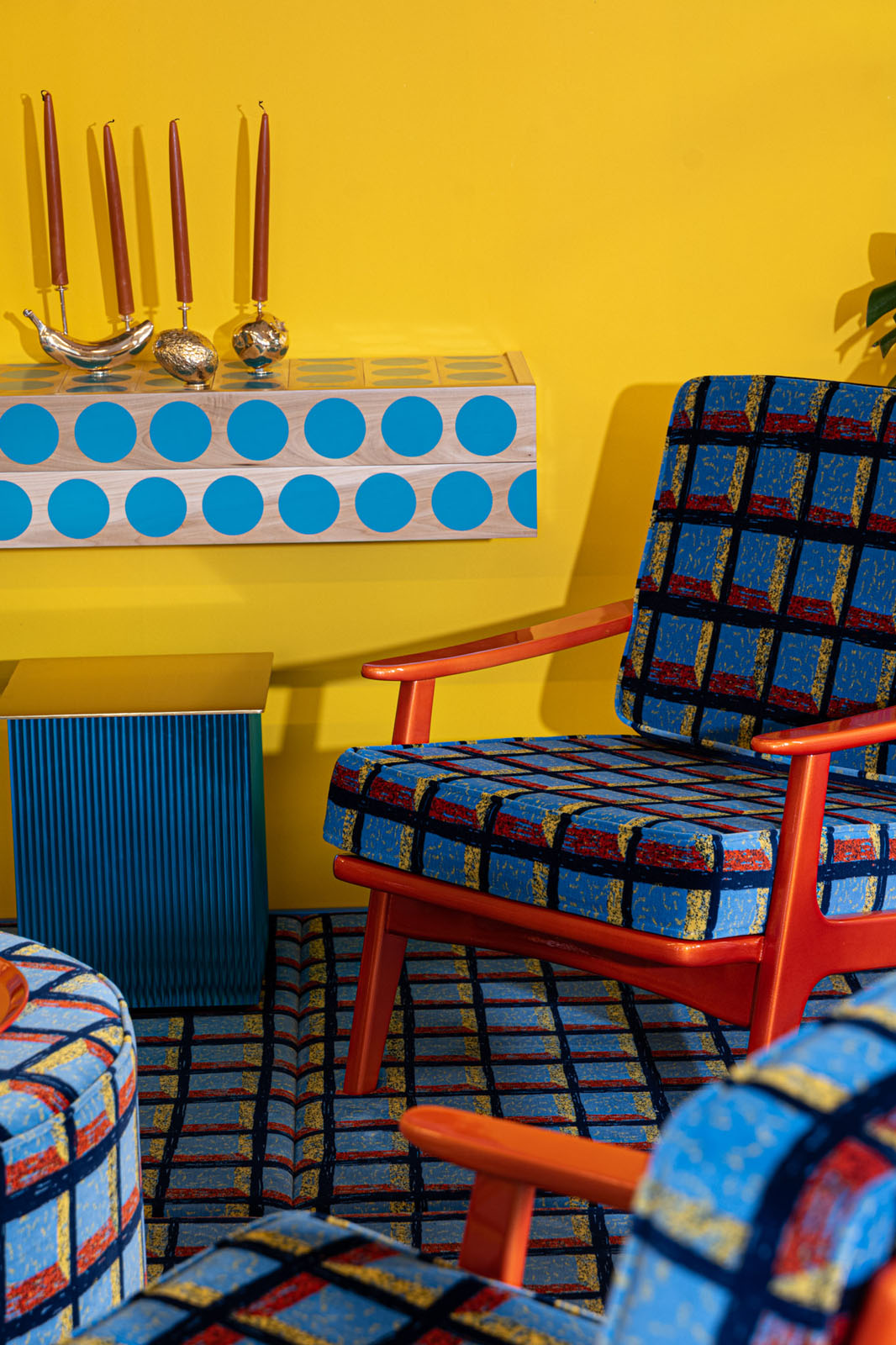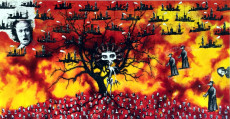
The pictorial design of Fabien Cappello

Who said we don't like design? It's the dominant use of it that needs to be criticized as it is so detrimental to art. But how? By placing aesthetics above all else. Including over the reasons why art is art. Reasons that are no less unknown to the general public. Ducouo, everything is equal. Everything is beautiful. The dominant aesthetic taste prevails. Today, design is considered art. Soon it will be art that is a form of design. But fortunately there are some bright exceptions. Fabien Cappello is in this category with colour and baggage, where the exception becomes the norm.
You can turn each of the furniture and objects that Fabien Cappello creates in all directions. It will not necessarily seem exceptional in itself. We will notice iterative motifs that impose themselves as elements of style. For example, pop colours with contrasting harmonies, openwork surfaces and unexpected curves that sometimes seem to twist the neck of ergonomics. One will notice a virtuoso inventiveness in the design of very elaborate Byzantine motifs, as in his already mythical Persua rug in hand-spun wool. But frankly, there is not necessarily a reason to stamp "This is art" with your eyes closed. So how does Cappello deserve to be called an artist?

Whether abstract or figurative, a painting impromptu immerses us in a different universe, but rich in an original coherence of its own. It is a microcosm governed by laws that do not apply in our reality. The aim is not necessarily to invite us to go back and forth between this fiction and our reality, to which we would return edified by the Montesquieu-like shift that would have allowed us to suddenly see our daily lives in a different light. No. Art is not a civics course. Its aim cannot be summed up as teaching us to love or hate the material, political and social context that surrounds us. It poses itself, in a more Houellebecquian way, and that is already more than enough, as constituting the proof of the possibility of an island, of an elsewhere.
Fabien Cappello clearly aims to become our official supplier of this kind of exoticism. He does not design furniture or useful or decorative objects. Cappello creates immersive 3D pictures that you don't need or want to enter. They are complete sets. Static theatre scenes in which the furniture is the somewhat Beckettian actor.
This shows the magic of the cheerful, colourful but always tender style with which Cappello dresses the little complete kit worlds he creates. When you see one of these chaotic scenes, you naturally want to sit down on these anything-but-discreet armchairs. You want to run your palm over the top of the coffee tables to probe the material melted into the background by an outrageous yet perfectly geometric pattern. It is precisely in this hypersaturated effect in terms of colours and patterns, constantly oscillating between borderline and too much, that Cappello's genius lies.
Fabien Cappello creates settings that you want to enter, while knowing from the start that you absolutely do not want to stay there. This occasional immersion in a universe that denies reality with such intensity that it captures us and then rejects us has nothing to do with the all-out aestheticization of everyday life that is currently in vogue in design. This is usually consumed in parts. A small, different world into which we enter, magnetised by its aesthetics, and from which we emerge intact but changed... this is generally called a painting, a photo, a sculpture. In short, an object that is a work of art.
Captions :
Fabien Cappello - metate -17
Fabien Cappello Living-1




































































